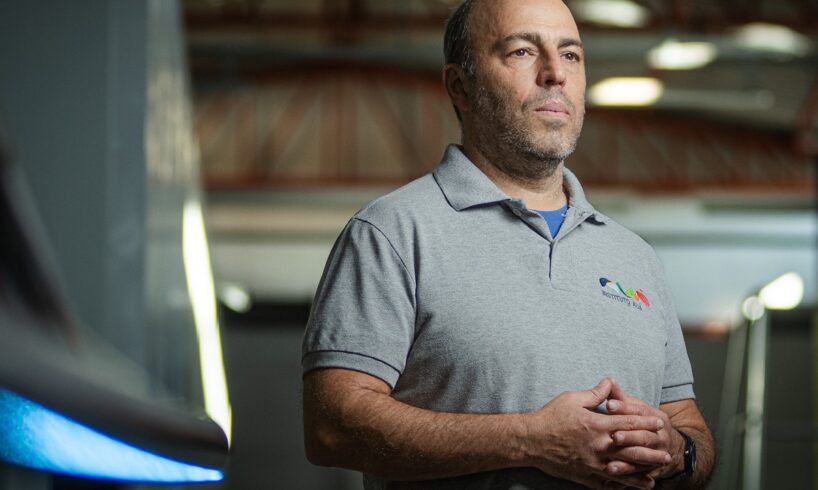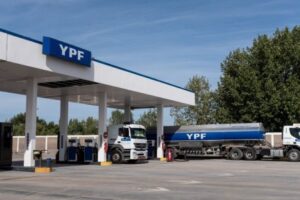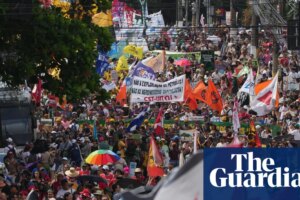
Central to climate change mitigation, Brazil’s bioeconomy is gaining momentum on the eve of COP30. The activity is one of the conference’s 30 main goals, alongside biotechnology. The Ministry of the Environment and Climate Change (MMA), which is preparing the National Bioeconomy Development Plan (PNDBio), has announced plans to launch it before the global meeting, following another public consultation in August. This will be the country’s first national public policy for the sector.
Organized around strategic missions, the plan is designed to support the economies of traditional communities and reward them for the environmental services they provide, according to the ministry. Actions linked to traditional and cultural knowledge—known as socio-biodiversity—will begin in the Amazon and expand to the Northeast in 2026.
Another priority, according to the MMA’s National Secretariat for Bioeconomy, is support for agriculture based on diversified cropping systems that combine traditional planting practices with the conservation of native species. “We are working so that Brazil can experience a new cycle of development, and the bioeconomy becomes a mainstream activity within GDP. The policy looks at several relevant bioproducts, such as fibers and textiles, where we have many opportunities based on innovation, an essential pillar of the plan,” says Carina Pimenta, Brazil’s secretary of bioeconomy.
The PNDBio also provides for the creation of regional centers in partnership with state governments to expand access to technical assistance and credit for productive communities.
A study by the Brazilian Bioinnovation Association (ABBI) and the Senai Institute of Innovation released last year estimated that the biological resources economy could generate $593 billion annually for Brazil by 2050, based on an initial investment of $257 billion.
Focusing on the industrial bioeconomy, the study highlighted new biofuels—where Brazil already has experience through the National Alcohol Program (Proálcool)—as key technologies for boosting the sector and helping the country meet the Paris Agreement goals by decarbonizing entire industries. Green chemistry plastics, the recovery of degraded areas, and the production of cultured meat are also identified as priorities.
In Pará, where the first state-level policy for the sector was established, 13 production chains generate R$9 billion annually, accounting for 3.8% of the state’s GDP.
International cooperation
According to the Secretariat for the Environment and Sustainability (Semas), the Pará State Bioeconomy Plan (PlanBio) has already generated R$136 million in funding for the sector, including through international cooperation calls for proposals. In its three years of existence, the policy has benefited 10,000 Quilombolas, extractivists, and Indigenous people.
“The potential for job and income generation is great, even without considering innovation. We have several living bioeconomies in Pará due to its size and cultural diversity. The sector is thriving,” recalls Camille Bemerguy, deputy secretary of bioeconomy.
She adds that the oil, cocoa, and açaí chains are the most structured, but the government is also watching the potential of cosmetics and pharmaceuticals for the long-term development of bioactives, based on research. “The technological bioeconomy, with added value, will transform our economic dynamics. It is an activity capable of responding to social challenges, such as poverty, while simultaneously addressing the climate challenge by reducing emissions—without trade-offs between the two. It is the right strategy in the transition to a carbon-neutral Pará,” she argues.
In October, the government will inaugurate the Amazon Bioeconomy and Innovation Park in Porto Futuro 2, on the coast of Belém. The goal is to connect startups, private initiatives, development institutions, and communities to scale up sustainable solutions. The 6,000-square-meter complex, created under PlanBio, will also feature a laboratory-factory for testing new products.
Elsewhere in the Amazon, Amapá is in the final stages of drafting its State Plan to Support the Socio-Bioeconomy (PEAS). With the participation of traditional communities and the Governors’ Climate and Forests Task Force (GCF Task Force), 11 production chains have been mapped, including nature tourism, cassava, honey, fish, wood, and herbal medicines.
The state government is conducting workshops in Macapá and rural areas to map communities and assess their sustainable production potential. The proposal will be presented during COP30.
As public policies advance, leaders of organizations in the sector continue to grapple with long-standing challenges, such as the lack of infrastructure for processing and the scale needed to reach retail networks.
One example is the Auá Institute, owner of Empório Mata Atlântica, which produces ice cream, popsicles, and fruit pulps native to the biome—including jussara, jabuticaba, cambuci, uvaia, and guava—and sells them to small snack bars, restaurants, and solidarity economy emporiums in the state capital, such as Instituto Chão.
Around 50 rural producers supply the brand, based in Osasco, which has yet to break into São Paulo’s prominent supermarket chains.
“Consumer resistance has been decreasing because we don’t just offer a different product, but a cause for them to engage with,” says Gabriel Menezes, president of the entity. “In addition, the industry is also demanding our goods. However, we still face insufficient production, and it is worth noting that there is a lack of warehouses across the country. For example, we once received a request from China for 300 tons of jerivá seeds that we were unable to meet.”
Since 2009, Auá has coordinated the Cambuci Route, an initiative that promotes festivals, gastronomy, and the agroecological cultivation of the fruit.
In Boca do Acre, Amazonas, members of the Mapiá and Médio Purus Agroextractivist Cooperative (Cooperar) are working diligently to meet the demands of hundreds of customers in the Southeast, including chocolate factories that purchase cocoa butter grown by riverine communities without the use of pesticides or chemical fertilizers. After 22 years in the market, the cooperative is preparing to resume sales to Meybona, a long-standing customer in Germany. This year, the partners anticipate exporting three tons of fine cocoa beans to a premium chocolate manufacturer in North Rhine-Westphalia.
With cocoa—the cooperative’s flagship product—having a short annual cycle, Cooperar chose to diversify its portfolio. It now produces Brazil nut flour as well as tucumã, andiroba, and copaiba oils. These products help supplement the income of the 162 member families, 28 of which are Indigenous households living in Conservation Units. The green banana flour was the most recent launch, and the cooperative has also developed cocoa molasses, which is currently awaiting buyers.
Cocoa farmer and association president José Antônio Camilo celebrates these achievements but acknowledges that challenges remain. “What worries me most today is the lack of registration in the National Home Farming Registry (CAF) for some extractivists. Initially, there were numerous informal relationships, often based on cronyism, and people frequently disregarded the law. Today, we are trying to make up for lost time and register everyone, including Cooperar, to access working capital,” explains Mr. Camilo.
Another concern, he notes, is the climate. “During droughts, when the river water level drops, the price of gasoline and labor rises. Here, everything depends on boats. In flood years, the entire city is submerged. We are considering moving to dry land, in the upper part of Boca do Acre,” he says.
In northern Minas Gerais, the Cooperative of Home Farmers and Agroextractivists of the Peruaçu Valley (Cooperuaçu) brings together 60 members from 16 traditional communities who harvest fruits from the Brazilian savanna (“Cerrado”), such as sour coconut, pequi, jatobá, murici, umbu, and cagaita. They produce jams and compotes, which are sold at fairs, events, and in a small shop located in the Cavernas do Peruaçu National Park, recognized as a UNESCO World Natural Heritage Site. The fresh fruits are sent to the partner cooperative Grande Sertão, in Montes Claros, which operates two agro-industries and an emporium.
Last year, Cooperuaçu joined a network that collects native seeds to support the restoration of its biome. “We provide an environmental service to humanity by producing forest and water, so our dream is to go far and sell to well-known retail chains. Who knows, maybe even export, right?” jokes Valdomiro da Mota Brito, of the Xakriabá ethnic group and president of the association. The Xakriabá Indigenous Land borders the Minas Gerais park.
The members are now completing the construction of a factory, which will allow them to register the small agro-industry with the Ministry of Agriculture and Livestock (MAPA), a requirement for selling the pulp. In addition to prolonged water stress affecting the Peruaçu Valley and compromising fruit production, Mr. Brito says the high cost of construction materials was another challenge for the group. “It hindered other investments, but fortunately, we are in the final stretch,” he says.
He adds that the cooperative plans to launch online sales soon. Restructuring accounts to make the sweets more affordable is also on the agenda. The goal is to lower prices so that low-income families in Peruaçu can afford to buy desserts more often.





